In the vast tapestry of China’s tea culture, where each leaf whispers tales of ancient traditions and meticulous craftsmanship, one particular tea stands out for its delicate aroma, emerald hue, and rich history – Xuefeng Maojian. This article embarks on a journey to unravel the enigma of Xuefeng Maojian, exploring its origins, production processes, unique characteristics, cultural significance, and its place in the global tea market. By delving into these facets, we aim to provide a comprehensive understanding of why Xuefeng Maojian is cherished not only by Chinese tea enthusiasts but also by discerning tea lovers worldwide.
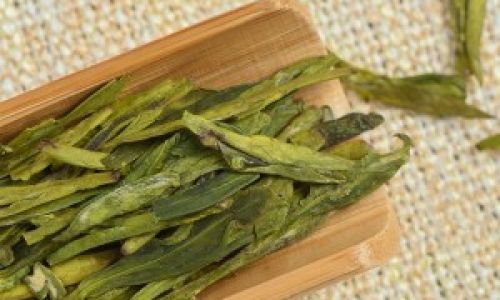
Origins and Geographic Locale
Xuefeng Maojian, translated as “Snow Peak Tippy Tea,” hails from the misty mountains of Hunan Province, specifically from the Xuefeng Mountains. These mountains, renowned for their lush greenery and pristine environment, form a natural sanctuary where the tea plants thrive under optimal conditions. The region’s temperate climate, ample rainfall, and rich soil contribute to the tea’s distinctive flavor profile and aromatic nuances.
The Xuefeng Mountains are not merely a geographical locale; they are steeped in legend and lore. According to local folklore, the mountains were once the abode of immortals who, upon descending to earth, blessed the land with the seeds of the finest tea plants. While such tales may be rooted in mythology, they reflect the deep-seated reverence and mystical aura associated with Xuefeng Maojian.
The Art of Cultivation
Cultivating Xuefeng Maojian is an art form that requires meticulous attention to detail and a profound understanding of the tea plant’s growth cycles. The tea bushes, primarily of the Camellia sinensis variety, are carefully nurtured using traditional farming methods that minimize the use of chemicals and fertilizers. This organic approach ensures that the tea retains its natural purity and authentic taste.
The selection of tea leaves for Xuefeng Maojian is equally discerning. Only the youngest, most tender leaves and buds, known as “maojian” or “tippy tea,” are harvested. This meticulous picking process, usually conducted during the spring season when the leaves are at their freshest and most flavorful, underscores the premium quality of Xuefeng Maojian.
Production Techniques
Once harvested, the tea leaves undergo a series of intricate processing steps that transform them into the final, aromatic brew. The production of Xuefeng Maojian involves withering, fixing, rolling, drying, and sometimes additional steps like firing to enhance its aroma and color.
Withering: The freshly picked leaves are allowed to wither naturally, reducing their moisture content and preparing them for the next stage.
Fixing: This crucial step involves heating the leaves to halt the oxidation process, preserving their fresh, green color and locking in the delicate flavors.
Rolling: The leaves are then rolled into tight, cylindrical shapes, a process that enhances the tea’s appearance and facilitates the release of essential oils during brewing.
Drying: The rolled leaves are dried to remove any remaining moisture, ensuring long-term storage without spoilage.
Firing (Optional): In some instances, a final firing step is employed to further develop the tea’s aroma and deepen its color.
Each of these steps is carefully monitored and adjusted based on the specific qualities desired in the final tea, reflecting the skill and experience of the tea makers.
Unique Characteristics
Xuefeng Maojian is distinguished by its appearance, aroma, taste, and aftertaste. The tea leaves, when brewed, unfurl into a vibrant emerald green, creating a visually appealing cup. Its aroma is both fresh and floral, with hints of honey and fruit, inviting the senses and promising a delightful experience.
Upon tasting, Xuefeng Maojian offers a smooth, mellow flavor with a slight sweetness that balances its subtle bitterness. The aftertaste is lingering and refreshing, leaving a sense of cleanliness and calmness on the palate. These characteristics make it an ideal choice for those seeking a tea that is both soothing and invigorating.
Cultural Significance
Beyond its sensory pleasures, Xuefeng Maojian holds immense cultural significance in China. It is often associated with elegance, sophistication, and harmony, reflecting the values cherished by Chinese society. In traditional tea ceremonies, Xuefeng Maojian is served with utmost reverence, symbolizing respect for nature, history, and the art of tea making.
Moreover, the tea plays a pivotal role in local economies, providing livelihoods for farmers and supporting traditional industries. Its production and consumption are intertwined with social practices, such as gift-giving and hosting guests, reinforcing community bonds and cultural identity.
Global Influence and Market Presence
In recent years, Xuefeng Maojian has garnered international acclaim, finding its way into the hearts and homes of tea lovers across the globe. Its unique flavor profile and cultural allure have made it a sought-after commodity in the global tea market.
To cater to this growing demand, producers have adopted modern packaging techniques and distribution channels, ensuring that Xuefeng Maojian reaches distant markets while retaining its authenticity. This has led to an increase in its visibility and accessibility, making it possible for tea enthusiasts worldwide to experience the magic of this ancient Chinese tea.
Conclusion
Xuefeng Maojian is more than just a tea; it is a window into China’s rich tea culture, a testament to the artistry of traditional tea making, and a symbol of harmony and sophistication. Its journey from the misty mountains of Hunan to the tea cups of the world is a testament to the enduring appeal of authenticity, craftsmanship, and cultural heritage.
As we conclude this exploration of Xuefeng Maojian, it is evident that this tea is not merely a beverage but a living, breathing entity that connects people across time and space. It invites us to pause, savor, and reflect on the beauty of nature, the wisdom of tradition, and the joy of simple pleasures. In the quiet act of brewing and drinking Xuefeng Maojian, we find ourselves part of a timeless tradition, a living legacy that continues to inspire and nourish.
Thus, the next time you hold a cup of Xuefeng Maojian, remember that you are not just tasting a tea; you are tasting history, culture, and the essence of China’s timeless tea heritage.
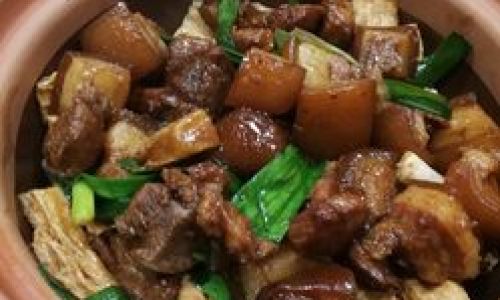
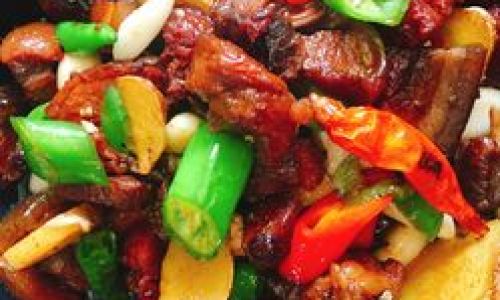
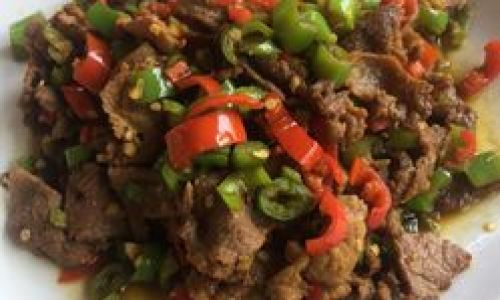
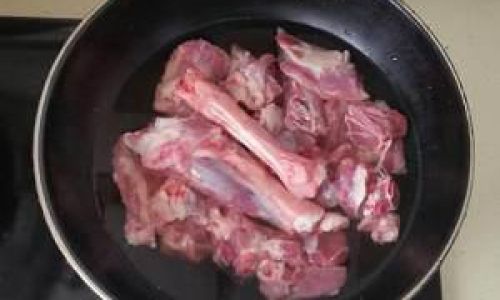
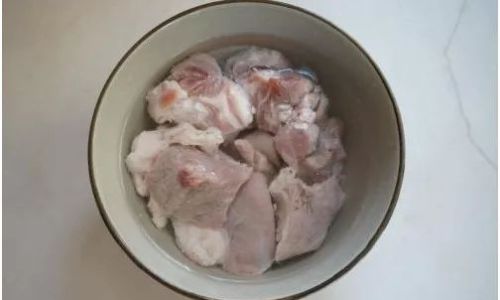
0 comments